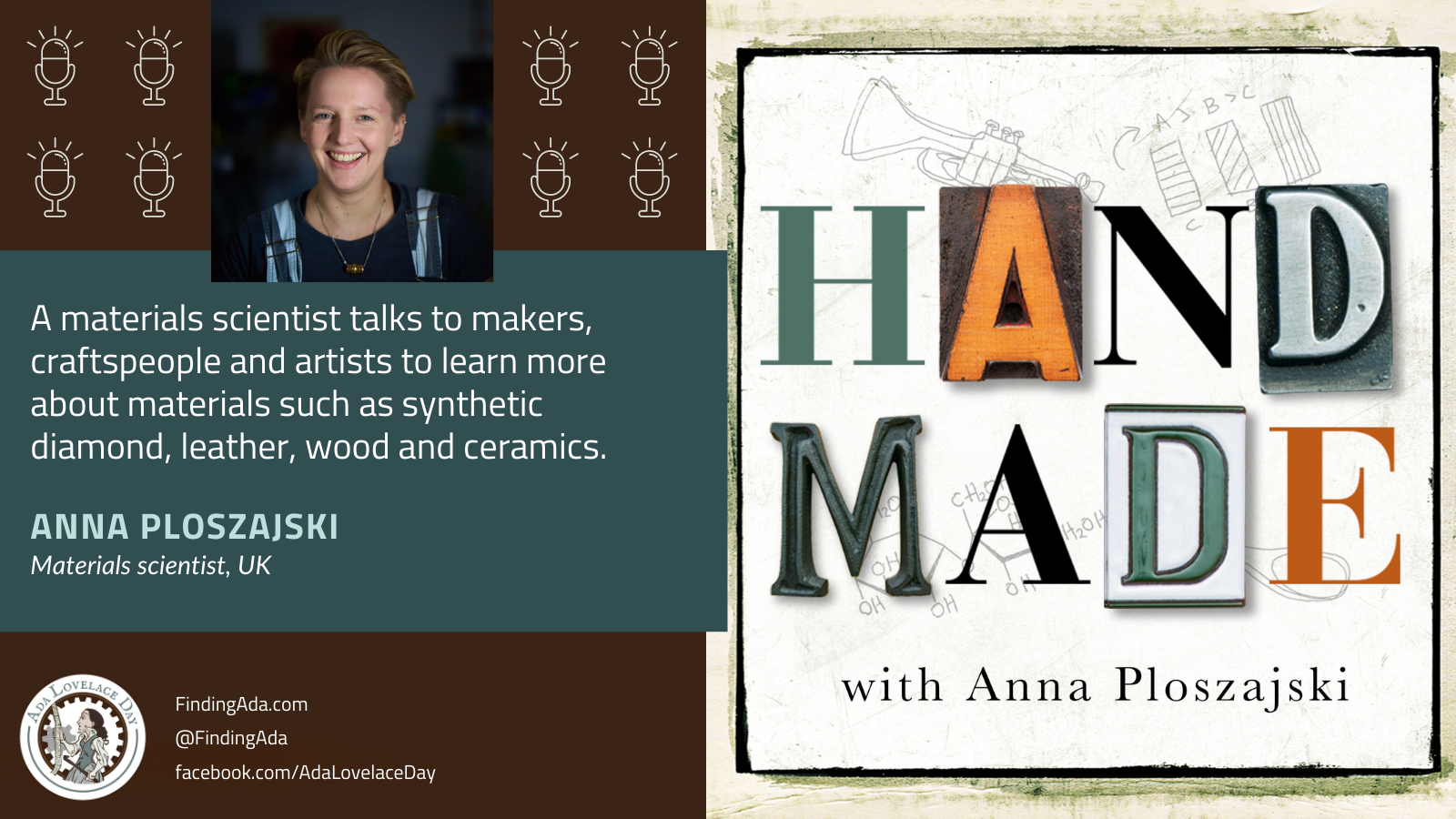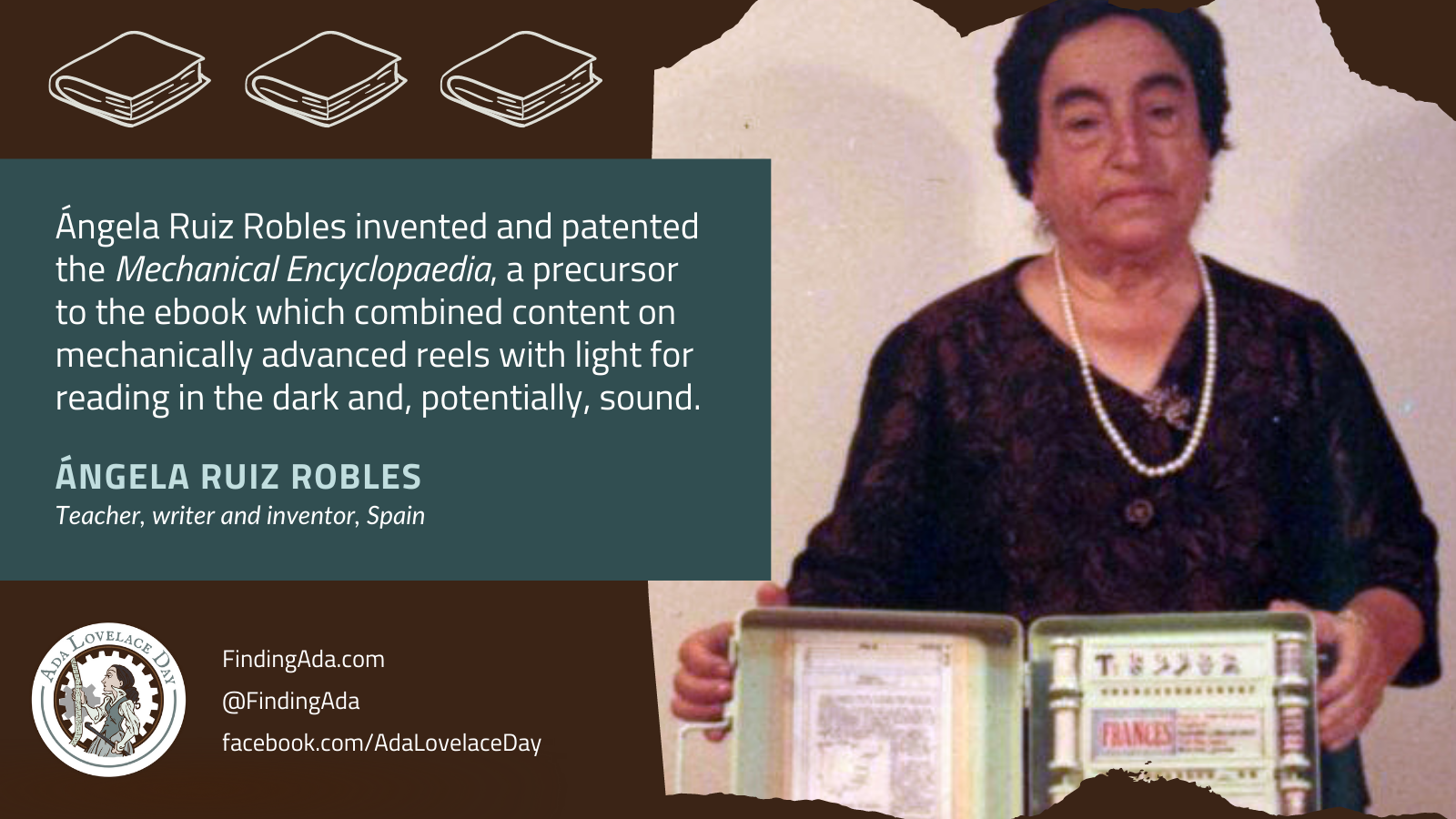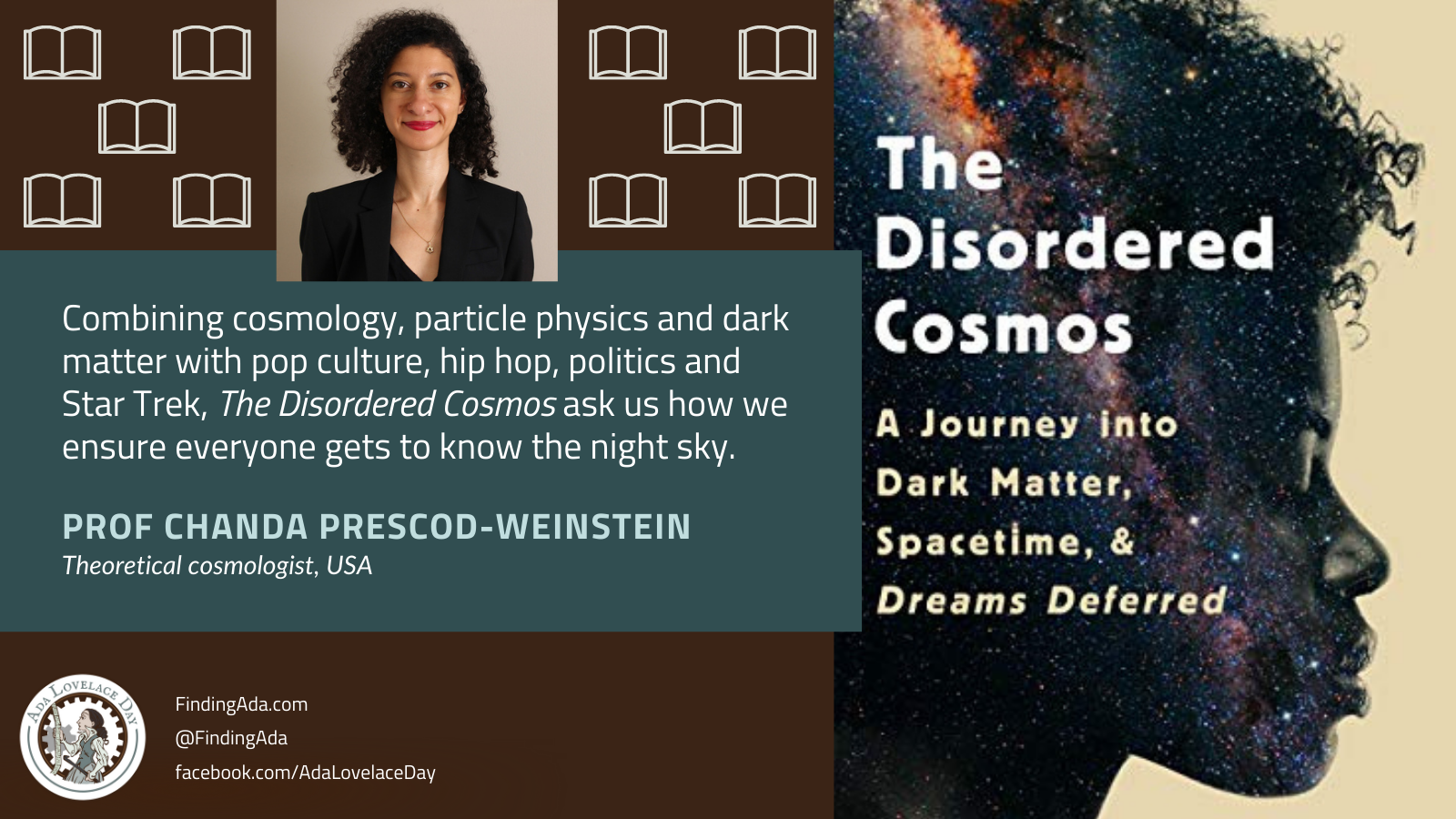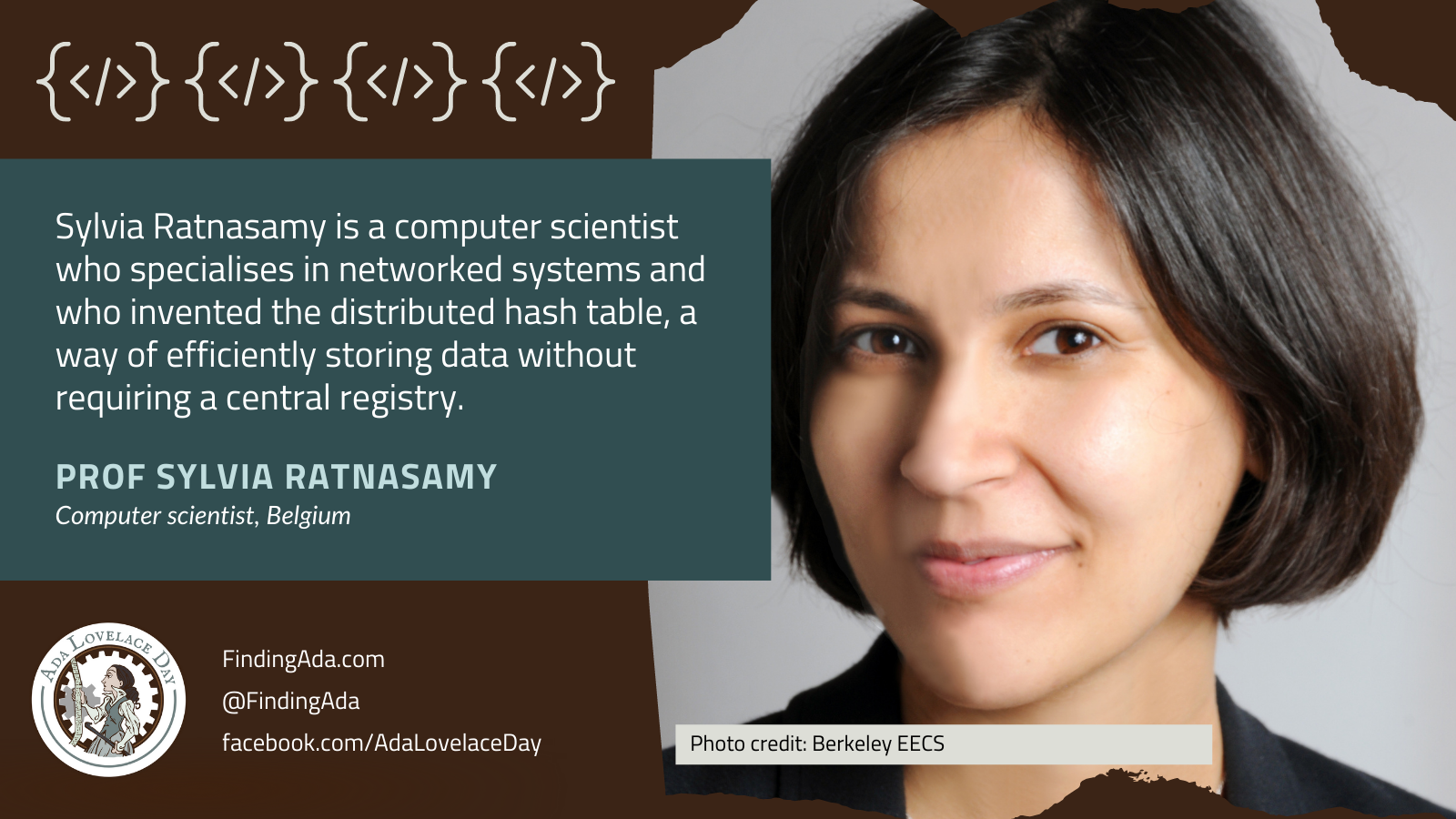
Maria Sibylla Merian
Maria Sibylla Merian was a naturalist and scientific illustrator, one of the first researchers to systematically observe insects and the first person to document the process of metamorphosis from caterpillar to butterfly or moth. She also discovered that caterpillars ate only specific plants, and that the butterfly would therefore lay eggs near these plants. She observed the way that some larvae shed their skins, detailed how larvae spun their cocoons, and made many other observations that had not been recorded before.
Born in 1647 in Germany, Merian made major contributions to entomology and was one of the first ecologists. Her observations were very detailed, for example, she identified the differences between male and female adult insects and examined their full life-cycle. In one notable illustration, she shows all the steps of the silkworm moth life-cycle.
In 1679, a year after the birth of her second daughter, Merian published Der Raupen wunderbarer Verwandlung (The Wondrous Transformation of Caterpillars), the result of almost two decades of observations. Merian illustrated her book about caterpillars herself, composing complex, lifelike scenes, where several insects interact with each other.
In 1699, Merian travelled with her youngest daughter to Suriname in South America and spent two years collecting specimens. Expeditions for scientists at that time were quite uncommon, and women especially did not travel to a different continent on their own. The outcome from her research justified the trip: her seminal work Metamorphosis insectorum Surinamensium, (Metamorphosis of Surinamese Insects), which describes the plant and animal life of Suriname.
Further reading
- Maria Sibylla Merian, Wikipedia
- The Maria Sibylla Merian Society, University of Amsterdam
- Anna Maria Sibylla Merian, History of Scientific Women
- Maria Sibylla Merian: metamorphosis unmasked by art and science, Kerry Lotzof, Natural History Museum
- Maria Sibylla Merian: artist whose passion for insects changed science, GrrlScientist, The Guardian, 2 April 2013
- Maria Sibylla Merian’s 366th Birthday, Google Doodle, 2 April 2013
- Maria Sibylla Merian: Why her art changed how we see nature, Matthew Shaer, The Christian Science Monitor, 2 April 2013
- Art, Science, and Butterfly Metamorphosis: How a 17th-Century Woman Laid the Foundations of Modern Entomology, Maria Popova, Brain Pickings, 18 September 2013
- Famous Female Entomologists Part 4: Maria Sybilla Merian, the Mother of Entomology, Michelle Duennes, Entomology Today, 26 February 2015
- Meet the 17th Century Female Entomologist Who Illustrated Butterfly Life Cycles, Marissa Fessenden, Smithsonian Magazine, 14 September 2015
- The Woman Who Made Science Beautiful, Andrea Wulf, The Atlantic, 19 January 2016
- Flora, fauna and fortitude: the extraordinary mission of Maria Sibylla Merian, Amanda Vickery, The Guardian, 1 April 2016
- Incredible insects: the life and work of Maria Sibylla Merian, Francesca Railton, Kew Gardens, 27 May 2016
- A Pioneering Woman of Science Re‑Emerges After 300 Years, Joanna Klein, The New York Times, 23 January 2017
- The Amazing Life and Work of Maria Sibylla Merian, Anika Burgess, Atlas Obscura, 17 May 2017
- Maria Sibylla Merian: 17th Century Artist, Entomologist, Explorer And Proto-Ecologist, Dale Debakcsy, Women You Should Know, 4 April 2018
- New butterfly named for pioneering 17th-century entomologist Maria Sibylla Merian, Natalie van Hoose, Florida Museum, 5 December 2018
- New Butterfly Species Named After 17th-Century Female Naturalist, Brigit Katz, Smithsonian Magazine, 7 December 2018
- The Metamorphosis of a 17th-Century Insect Artist, Allison C. Meier, JSTOR Daily, 24 December 2018
- Hidden women of history: Maria Sibylla Merian, 17th-century entomologist and scientific adventurer, Tanya Latty, The Conversation, 20 February 2019
- Meet Maria Sibylla Merian, the naturalist who painted insects in living color, Lauren Sara McKee, Massive Science, 4 November 2019
- Celebrating women scientists — Maria Sibylla Merian, a pioneer in both art and science, Mihai Andrei, ZME Science, 29 January 2021
- Maria Sibylla Merian’s insect paintings, Michael Prodger, The New Statesman, 30 June 2021



